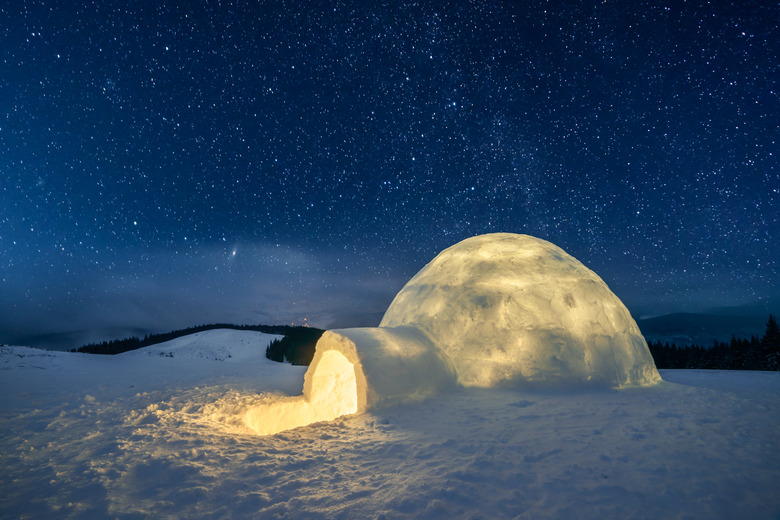The North Pole's "Nighttime" Can Last Months — Here's Why
You've probably heard that the North Pole experiences months of total darkness, but have you ever wondered why? Read on to find out!
The Earth and the Sun
The Earth and the Sun
The Earth both rotates about its own axis and also revolves around the Sun. Imagine the Sun in the center of a flat piece of paper, and the earth's orbital path tracing a circle around it in the course of a year. At any given time, exactly half of the Earth should be in sunlight, and the other half will be in darkness.
TL;DR (Too Long; Didn't Read)
The Earth's orbital path is not actually a circle, but an ellipse. An ellipse is an elongated or oval shape. The circle is actually a special case of an ellipse. While Earth's orbit isn't technically circular, it is close enough to approximate it as such for purposes of our discussion here.
Earth’s Axial Tilt
Earth's Axial Tilt
If the axis of the earth pointed perfectly upright (directly out of our imaginary paper), then at all latitudes on our planet, there would be an equal number of night time hours as there are day time hours year round. But this is not how Earth's axis is oriented. It is actually tilted with respect to this "upright" direction by about 23.5 degrees.
What's more, the orientation of Earth's axis doesn't change during its orbit around the Sun. In other words, if you imagine how the axis is aligned with respect to distant stars, this alignment does not change.
Because of this setup, at certain points in Earth's orbit (the summer months in the northern hemisphere), the Earth is tilted. The North Pole tips toward the sun, meaning that the illuminated half of Earth always includes that area during all hours of the day – while the South Pole and surrounding regions experience 24 hours of darkness.
When it's winter in the Northern Hemisphere, this orientation switches so that the South Pole is tilted toward the Sun, causing the South Pole and nearby regions to experience 24 hours of daylight instead.
How Long Does the Darkness Last?
How Long Does the Darkness Last?
For a full six months out of the year, the North Pole does not see the Sun. However, it isn't entirely dark during this time. As you likely know, even after the Sun has dipped below the horizon at the end of the day, it can remain light enough to do outside activities for a little while longer.
There are different degrees of twilight that occur:
- Civil twilight is when the Sun is between 0 and 6 degrees below the horizon. It remains light enough out to continue outdoor activities.
- Nautical twilight is when the Sun is between 6 and 12 degrees below the horizon. While you can probably still see things outside without additional lighting during nautical twilight, it becomes increasingly difficult.
- Astronomical twilight is when the Sun is between 12 and 18 degrees below the horizon and takes us from dark-but-you-can-kind-of-make-things-out to completely dark.
The completely dark period of time on the North Pole lasts from about Nov. 13 to Jan. 29.
At lower latitudes, the period of time without the sun above the horizon shortens, becoming 0 at the arctic circle, which has a latitude of about 66.5 degrees.
Note that this latitude is 23.5 degrees from the North Pole – which is the same as the axial tilt. This is precisely because when the North Pole is maximally tilted away from the sun, that is the northernmost latitude that the sunlight will strike.
Cite This Article
MLA
TOWELL, GAYLE. "The North Pole's "Nighttime" Can Last Months — Here's Why" sciencing.com, https://www.sciencing.com/what-is-polar-night-13724297/. 28 January 2020.
APA
TOWELL, GAYLE. (2020, January 28). The North Pole's "Nighttime" Can Last Months — Here's Why. sciencing.com. Retrieved from https://www.sciencing.com/what-is-polar-night-13724297/
Chicago
TOWELL, GAYLE. The North Pole's "Nighttime" Can Last Months — Here's Why last modified March 24, 2022. https://www.sciencing.com/what-is-polar-night-13724297/
